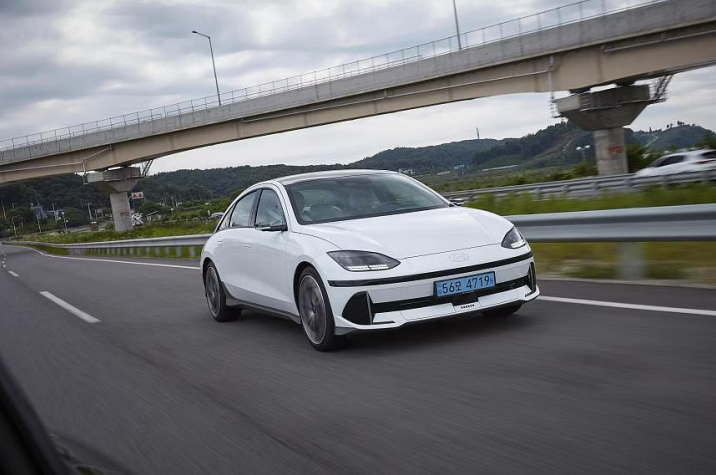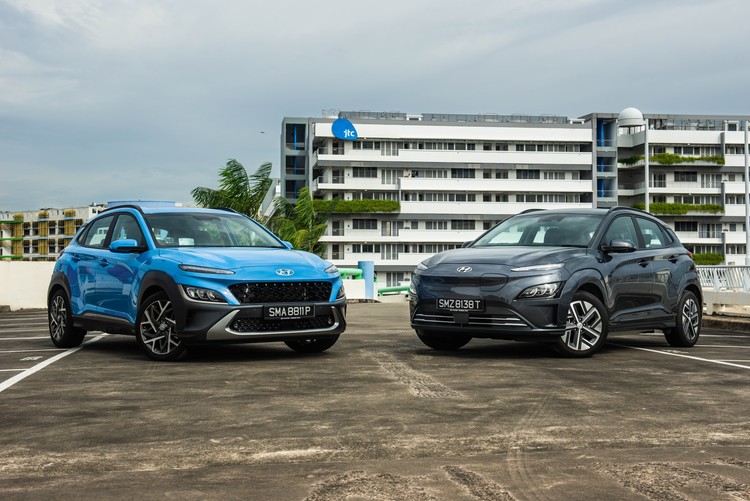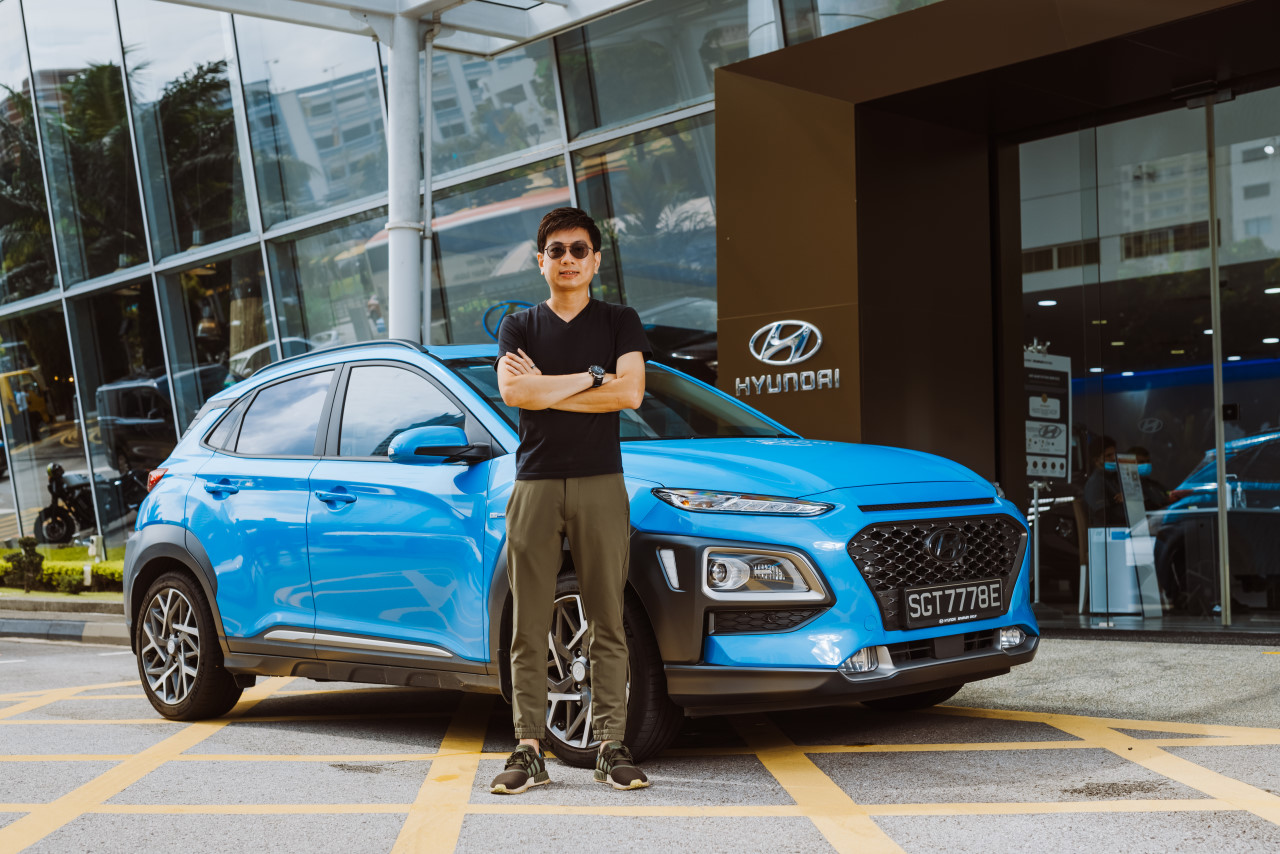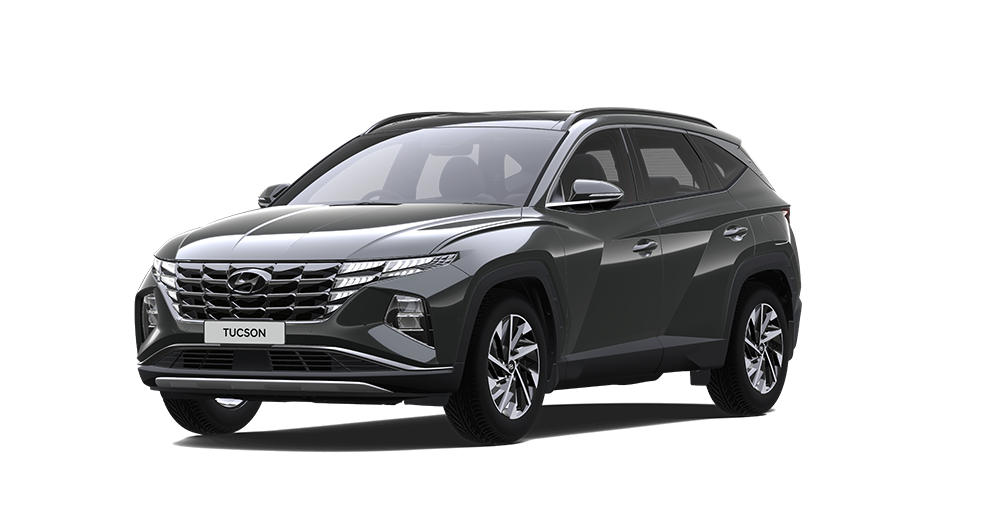SEOUL - With a drag coefficient or Cd value of 0.21, Hyundai’s Ioniq 6 is the most slippery, or aerodynamically efficient, production car from the South Korean carmaker.
This is one of the key features of the latest electric vehicle (EV) that Hyundai will be introducing in Singapore in the coming weeks.
The Ioniq 6 is the second model to be built from a dedicated architecture Hyundai developed for EVs. The car will be imported from South Korea, at least initially. Eventually, the plan seems to be for the Ioniq 6 to be assembled in Singapore, like the Ioniq 5.
The Ioniq 6, which shares the same platform as the EV6 from sister brand Kia, is longer and sits lower. It looks more like a sports car than a saloon.
By cutting through the air more efficiently, the four-door EV is able to travel 519km on a fully charged battery – 65km more than what the Hyundai Ioniq 5 with a similar-size battery and motor set-up can achieve.
For comparison, the Ioniq 5 has a Cd value of 0.28, which is a respectable figure for a stocky and tall crossover.
That slippery profile helps to make the Ioniq 6 more energy-efficient than the Ioniq 5. Hyundai claims that the all-wheel-drive, dual-motor version driven here consumes 16.9kWh/100km, compared with 19.1kWh/100km for an equivalent Ioniq 5.
There was a time when carmakers would make a lot of noise about aerodynamics. Notably, in 1982, Audi tooted its horn for creating an executive saloon with a record-setting Cd value of 0.30.
In the modern age of EVs, aerodynamic efficiency plays an especially important role in the overall package to make such cars go farther while using less energy.

That said, the test drive in Seoul is neither sufficiently long nor varied enough in terms of road conditions to get energy consumption figures that may be reflective of real-world performance.
As EVs go, the Hyundai Ioniq 6 is a head-turner. It breaks the trend seen on EVs like the Mercedes-Benz EQS (the most aerodynamic production car with a Cd of 0.2) and the Tesla Model 3 (with a Cd of 0.23).
The arcing roof of the Ioniq 6 blends smoothly with the windscreens to taper dramatically towards the rear, where the profile is interrupted by not one, but two spoilers.
One frames the base of the rear windscreen, while another sits above an LED light bar running across the entire width of the car. Even though it may look like a liftback body style, the Ioniq 6 is actually a traditional three-box saloon.
From some angles – preferably from some distance away to take in all 1,880mm of the car’s generous width – the rear bears a hint of a classic Porsche 911. At 4,885mm long, this is a big car which carries off its 20-inch alloy wheels nicely.
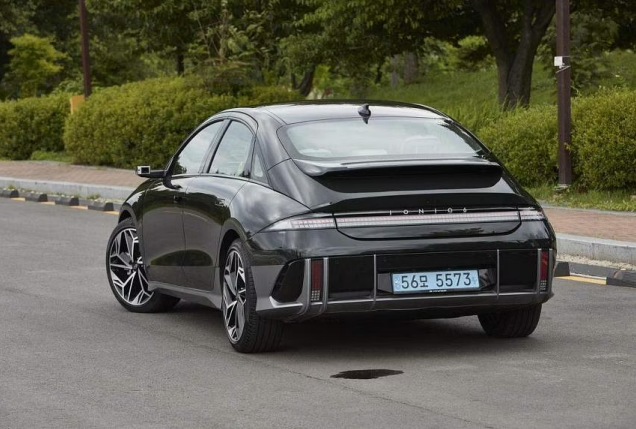
Cheeky design cues are everywhere if you know where to look, like the pixels in the light clusters and even on the button to open the boot.
The cabin remains quiet even at three-digit speeds, perhaps a reflection of how well the slippery body shape is managing airflow.
The user interface is a pleasant mix of physical and soft key controls. Frequently used functions like those for climate control and the entertainment system are logically presented. The digital displays are crisp, while the touchscreen seems as responsive as any modern smartphone
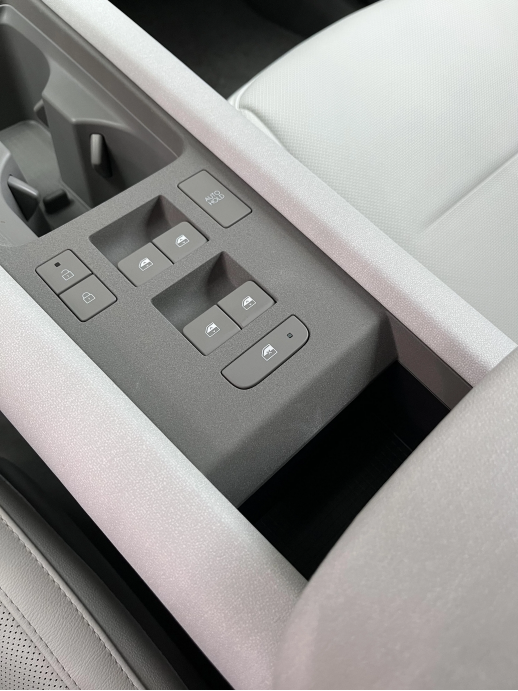
One unusual quirk in the cabin is the placement of the power window switches.
Instead of having them on each door grab handle, like in most cars, the driver and front passenger share just one set of switches, which is located on the console between the seats – where you would usually find a storage cubby or cupholders.
The front seats feel sufficiently supportive. The rear bench seat is set quite close to the floor. While this helps to carve out more headroom, lankier passengers may end up slouching slightly to avoid either having their knees being higher up than they would like or thighs not being properly propped up by the seat squab.
It is a good thing then that there is plenty of legroom for passengers.
Even though the car’s proportion and dramatic looks shout sportiness, the Ioniq 6 seems to prioritise comfort over aggressive handling. Its generous wheelbase of 2,950mm (distance between the front and rear axles) works with a slightly soft suspension to keep road surface harshness at bay.
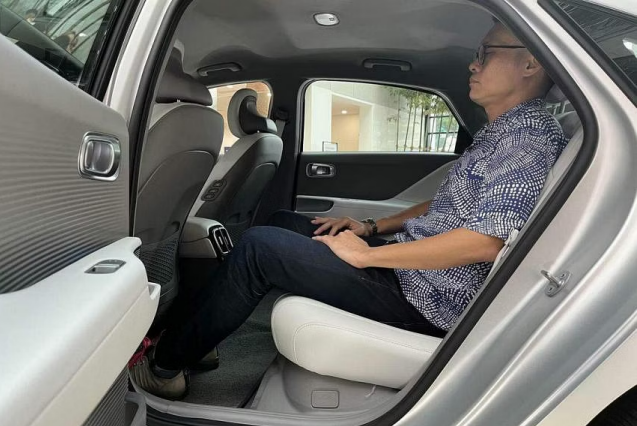
The combined output from its two electric motors is 239kW (320hp). This is sufficient to get the car from 0 to 100kmh in 5.1 seconds – not in the league of a Tesla Model 3 Performance (3.3 seconds), but the Hyundai will have little trouble seeing off most non-EVs.
The Ioniq 6 is expected to be identically priced as the Ioniq 5, with similar performance and battery size in Singapore. The question then is, which one will more consumers slip into?
Hyundai Ioniq 6 Electric AWD
Price: $260,000 with COE (estimated)
Motors: Permanent magnet synchronous with 77.4kWh battery
Transmission: Single-speed with paddle shift for modulating energy regeneration
Power: 239kW
Torque: 605Nm
0-100Kmh: 5.1 seconds
Top speed: 185kmh
Fuel consumption: 16.9kWh/100km
Agent: Komoco Motors
Source: The Straits Times © SPH Media Limited. Permission required for reproduction.
